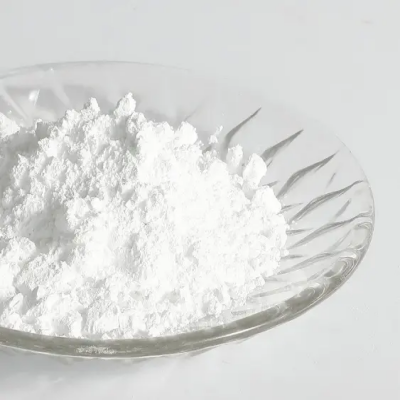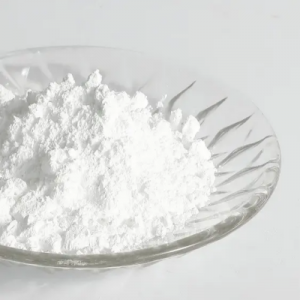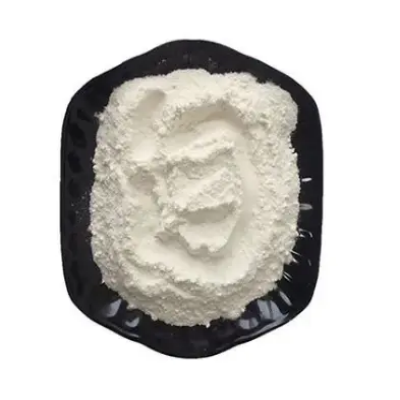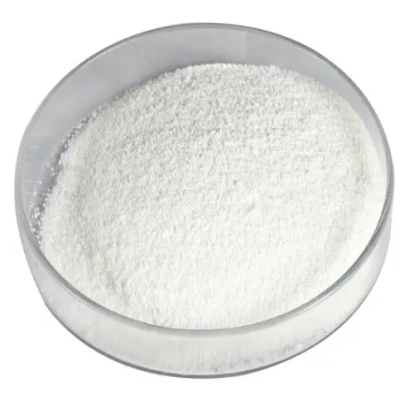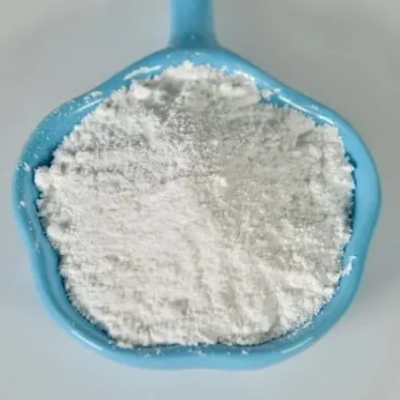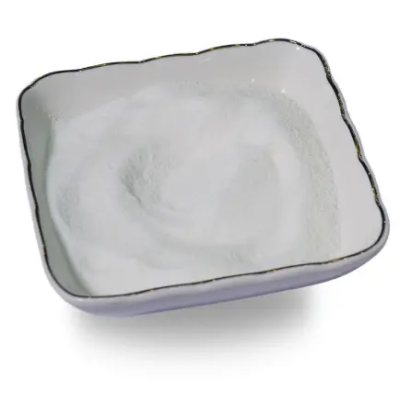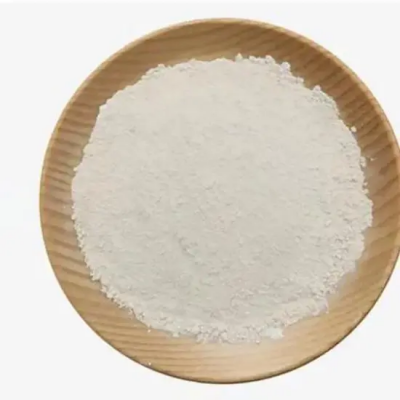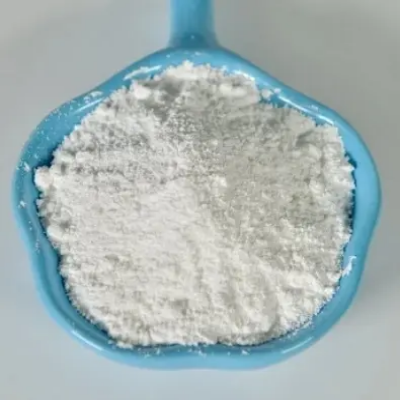2,7-Dibromonaphthalene CAS:58556-75-5
2,7-Dibromonaphthalene serves various functions across different domains: Organic Synthesis: It serves as a fundamental building block in organic synthesis, aiding in the creation of complex organic molecules and pharmaceutical intermediates. Material Science: The compound is utilized in material science for the production of polymers, liquid crystals, and other advanced materials due to its unique chemical properties. Agrochemicals: Its application extends to the synthesis of agrochemicals, including insecticides and fungicides, contributing to agricultural pest management and crop protection efforts. Chemical Research: 2,7-Dibromonaphthalene is employed as a reagent in chemical research to explore reaction mechanisms and discover novel chemical transformations. Electronics: In electronics, it finds use in the production of organic electronic devices such as OLEDs and organic photovoltaic cells due to its electron-donating properties and compatibility with electronic applications. Analytical Chemistry: The compound serves as a standard reference material and calibration standard in analytical techniques like chromatography and spectroscopy for substance identification and quantification. Photonic Materials: Its optical properties make it suitable for the development of photonic materials used in optical communications, sensors, and imaging technologies. In summary, 2,7-Dibromonaphthalene's versatility and reactivity make it valuable across various scientific and industrial applications, spanning organic synthesis, material science, agrochemicals, electronics, and analytical chemistry.



| Composition | C10H6Br2 |
| Assay | 99% |
| Appearance | white powder |
| CAS No. | 58556-75-5 |
| Packing | Small and bulk |
| Shelf Life | 2 years |
| Storage | Store in cool and dry area |
| Certification | ISO. |


